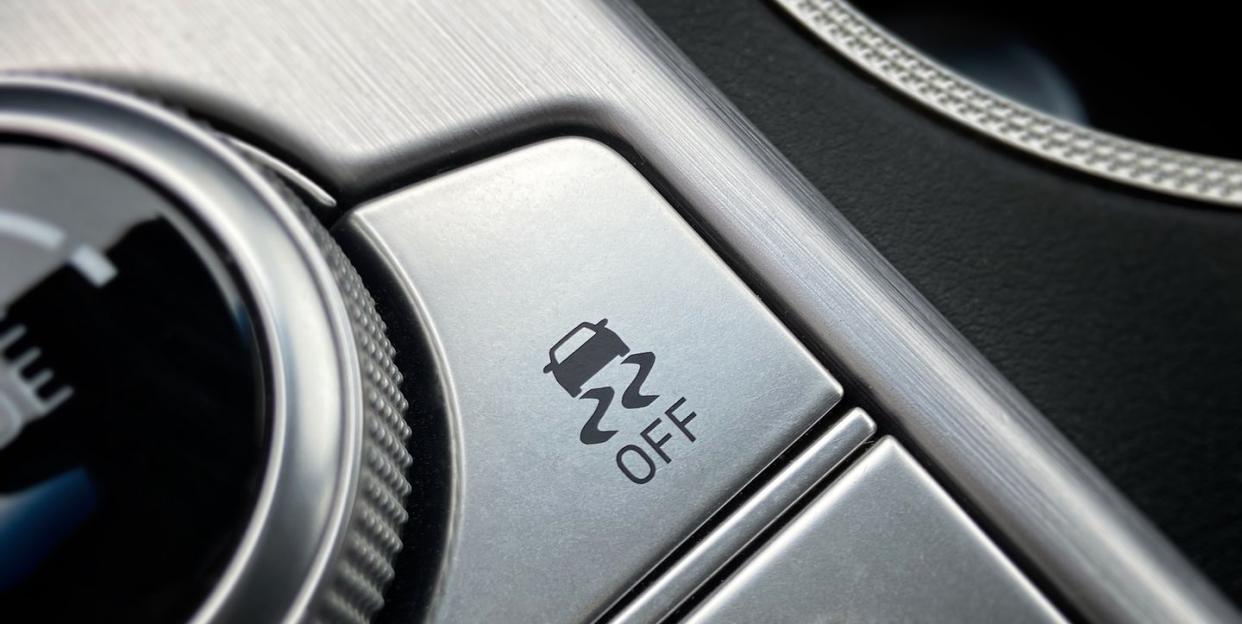Electronic Stability Control: Equal Parts Safety and Fun

In April's issue, C/D examined the "Disrupters," the people, products, and the technology advancements that have helped reshaped the automotive industry. –Ed.
From the April 2020 issue of Car and Driver.
It's quite a nice thing when your car's trip computer gives you accurate information. It's even nicer when your engine runs smoothly and reliably. But of all the things computing power has brought to the automobile in the last couple decades, few have had as positive an effect as electronic stability control (ESC).
ESC comprises various sensors—for wheel speed, lateral acceleration, yaw rate, steering-wheel angle and rate—all of which feed info to the onboard computer to help your car recognize when it has "gone out of control," in the parlance of people who don't like to drive cars. Importantly, ESC can also help remedy this condition—the out-of-control part, not the part about people who don't like driving. Its greatest impact has been to reduce fatalities. NHTSA estimates that between 2010 and 2014, ESC saved 4100 lives. The systems became mandatory for all light passenger vehicles for the 2012 model year.
Even the crustiest curmudgeon couldn't argue about mothers and brothers not dying. But it's not just the lives saved. For enthusiasts, ESC has been a boon. Yes, since its introduction at the end of the 20th century, ESC has been derisively referred to as a "nanny" by the hairiest-chested drivers, but it's time to put that idea to bed. Because the other positive effect of ESC is that these systems have allowed for the existence of more fun cars and for us to have more fun in them.
Ask any aerialist: Working with a net has certain psychological benefits. ESC allows you to explore a vehicle's limits (on a closed course with a professional driver, of course) in a way you wouldn't otherwise. And the percentage of a performance car's envelope that you're able to comfortably exploit has a directly proportional relationship with the joy of driving. Only reckless drivers tempt the wrath of a first-gen Dodge Viper on the road.
The safety net has a similarly positive impact on carmakers. We're not saying carmakers will produce a tail-happy sports car because they know there's a system to make up for it. But ESC allows them some latitude to tune a performance car to handle more neutrally than it once might have. Honda, for example, confirms that the Civic Type R would not have been as neutral-handling a machine were it not for the presence of ESC. In the pre-ESC days, Honda would have felt obliged to dial in a bit more understeer. And nobody likes understeer.
Want more Car and Driver?
Subscribe Now!
You Might Also Like

 Yahoo News
Yahoo News 
